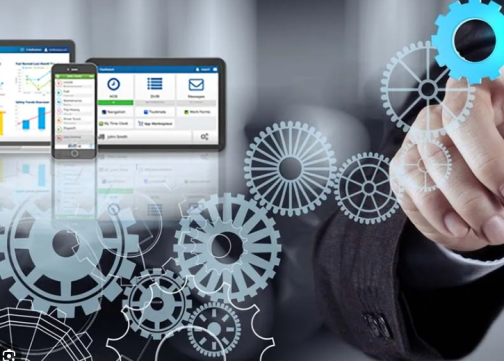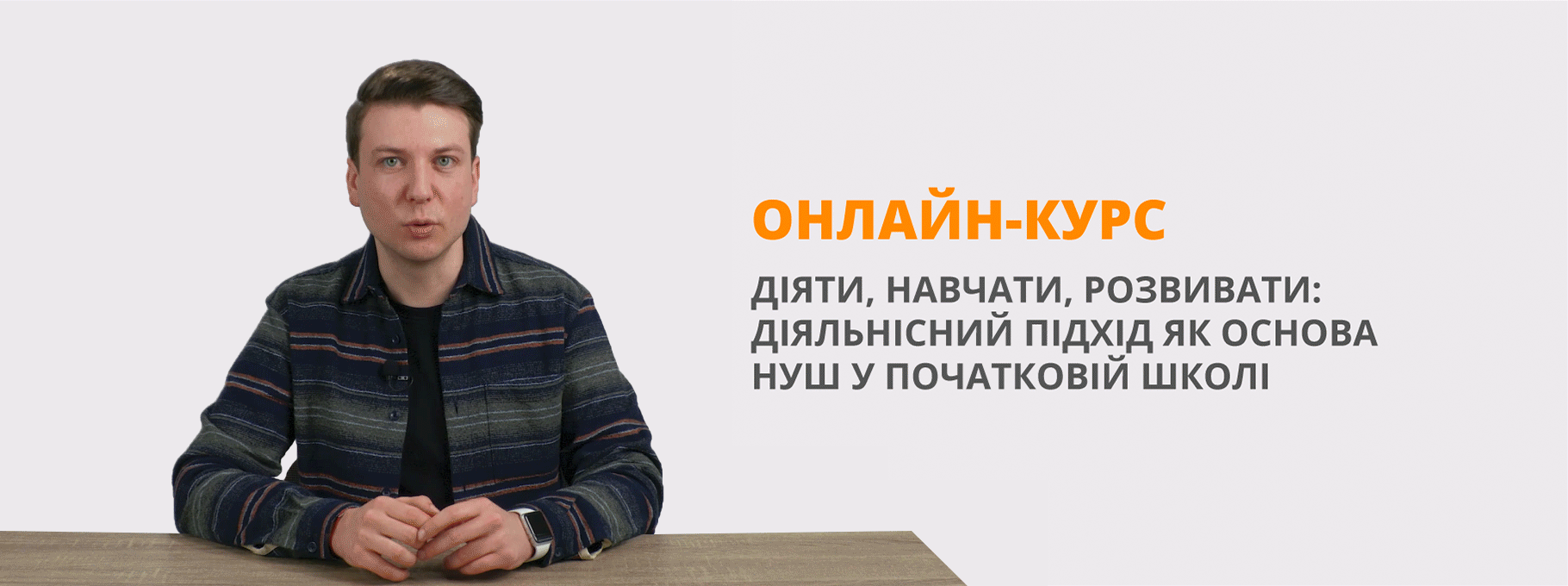Automatic Control Systems: Basics and Applications методична розробка з дисципліни «Іноземна мова ( за професійним спрямуванням)» в закладах фахової передвищої освіти
Лисичанський промислово-технологічний фаховий коледж

Automatic Control Systems: Basics and Applications
методична розробка
з дисципліни «Іноземна мова ( за професійним спрямуванням)»
в закладах фахової передвищої освіти
Розробник: Скиба Н.М., старший викладач, викладач вищої категорії Лисичанського промислово-технологічного фахового коледжу
2024
ВСТУП
Методична розробка заняття виконана у відповідності з методичними рекомендаціями з підготовки та проведення практичних занять у закладах фахової передвищої освіти. Заняття підготовлено відповідно до робочої і навчальної програми з дисципліни «Іноземна мова ( за професійним спрямуванням)». У методичній розробці заняття подано розгорнутий план-конспект заняття у формі мовного практикуму з використанням методу критичного мислення, методики роботи з лексичним матеріалом, методу лінгвістичного квесту, рольовою грою, перелік літератури та необхідного обладнання, мету і задачі, надано чітку структуру заняття, вдало подано мотивацію пізнавальної діяльності студентів.
Розробка містить багато різноманітних форм та методів роботи (бесіду, читання, мозковий штурм, аудіювання з використанням тематичного відеоролику, роботу з мультимедійними презентаціями, групову та парну роботу,), що відповідають психофізіологічним та індивідуальним особливостям студентів і сприяють успішному досягненню мети заняття.
Методична розробка відкритого заняття відповідає теоретичному й методико-практичному розділам навчальної програми, має інноваційний характер, відповідає новітнім технологіям навчання, спрямована на формування комунікативної компетенції майбутніх фахівців, розвиток пам'яті, уваги, фонематичного слуху студентів, сприяють зацікавленості та формуванню комунікативної компетенції майбутніх фахівців.
Методична розробка може бути рекомендована для викладачів іноземної мови в закладах фахової передвищої освіти в якості як основного, так і довідково-дидактичного матеріалу.
МЕТОДИЧНА РОЗРОБКА ЗАНЯТТЯ
Заняття №
Предмет: Іноземна мова за професійним спрямуванням
Група:
Тема заняття: Automatic Control Systems: Basics and Applications
Мета: формувати лексичні навички й навички вимови; вдосконалювати навички читання й усного мовлення; розвивати мовну здогадку й мовленнєву реакцію; виховувати зацікавленість у розширенні своїх знань, використовувати раніше вивчені структури, а також збагачувати словарний запас, практикуватися у перекладі речень, розвивати навички логічного викладання думок, пам'ять, виховувати свідоме ставлення до навчання, вчити раціонально використовувати свій час, прищеплювати бажання вивчати іноземну мову.
Обладнання: словники, комп’ютер, роздавальний матеріал
Тип заняття: практичне
Міжпредметні зв'язки: Основи автоматизація технологічних процесів, Комп’ютерна графіка, Матеріалознавство, Основи технології галузі
СТРУКТУРА ЗАНЯТТЯ:
1.Організаційний момент:
1)Привітання
2) Перекличка
3)Перевірка готовності до заняття
2. Мотивація навчальної та пізнавальної діяльності студентів, оголошення теми та цілей заняття.
3.Реалізація теми за планом
4. Підсумок заняття. Оцінювання
5. Домашнє завдання
ХІД ЗАНЯТТЯ:
1 ПРОЧИТАТИ ТА ПЕРЕКЛАСТИ ТЕКСТ Automatic Control Systems: Basics and Applications
Automatic control systems play a crucial role in modern manufacturing and technology. They allow for the automation of processes, reducing human error and increasing efficiency. These systems can be classified into two main types: open-loop and closed-loop.
Open-loop systems operate without feedback, meaning they do not adjust their actions based on the output. For example, a modern microwave oven runs for a set time without considering the temperature of the food. If the food is not heated properly, the system does not change its cycle.
Closed-loop systems, on the other hand, use feedback to correct their actions. A clear example is a thermostat that controls the temperature in a room. When the temperature drops below a set level, the thermostat turns on the heater, and conversely, it turns it off when the desired temperature is reached.
The main components of an automatic control system are sensors, controllers, and actuators. Sensors gather information from the environment, controllers process this data and make decisions, and actuators execute the commands from the controller. For instance, in industries where automation is critical, these components work together to ensure the smooth operation of production lines.
In today’s world, automatic control systems are used in various sectors, including manufacturing, automotive, energy, and healthcare. They help improve productivity, reduce costs, and enhance safety.

2 QUESTIONS FOR DISCUSSION
- What are the two main types of automatic control systems mentioned in the text?
- Why do open-loop systems not respond to the output?
- What are the three main components of an automatic control system?
- Give an example of a closed-loop system described in the text.
- How can automatic control systems improve manufacturing processes?
3 LEXICAL EXERCISES
Exercise 1: Fill in the Blanks
Use the words from the box to fill in the blanks.
Words: actuator, sensor, feedback, controller, automatic
- An __________ collects data from the environment to monitor conditions.
- The __________ processes the information received from the sensor to make decisions.
- An __________ is responsible for executing commands based on the controller's output.
- Closed-loop systems rely on __________ to adjust their operations effectively.
- __________ control systems help improve efficiency in various industries.

Exercise 2: Matching Definitions
Match the words on the left with their correct definitions on the right.
|
A. Sensor |
1. A device that performs actions based on control signals. |
|
B. Controller |
2. A mechanism that measures changes in the environment. |
|
C. Actuator |
3. A system that operates without feedback. |
|
D. Open-loop System |
4. A device that processes input and makes decisions. |
|
E. Closed-loop System |
5. A system that uses feedback to adjust its actions. |
Exercise 3: Synonyms and Antonyms
Find synonyms and antonyms for the following words related to automatic control systems.
-
Efficiency
- Synonym: __________
- Antonym: __________
-
Stability
- Synonym: __________
- Antonym: __________
-
Control
- Synonym: __________
- Antonym: __________
Exercise 4: Word Formation
Transform the following words to create different forms (e.g., noun, verb, adjective, adverb).
- Automate: __________ (noun)
- Decide: __________ (noun)
- Control: __________ (adjective)
- Respond: __________ (noun)
- Measure: __________ (noun)
Exercise 5: Contextual Sentences
Complete the sentences using the correct form of the words provided in parentheses.
- The __________ (actuator) is crucial for executing the commands given by the controller.
- In a closed-loop system, the __________ (sensor) provides essential data to maintain performance.
- High __________ (efficient) is vital for modern manufacturing processes.
- The feedback from the system allows for continuous __________ (adjust).
- Engineers must understand how to integrate each __________ (component)

4 MULTIPLE CHOICE QUESTIONS
What type of system operates without feedback?
a) Closed-loop system
b) Open-loop system
c) Feedback system
Which component is responsible for measuring environmental conditions?
a) Controller
b) Actuator
c) Sensor
What is the main purpose of a controller in an automatic control system?
a) To execute commands
b) To gather data
c) To process input and make decisions
Which of the following is an example of a closed-loop system?
a) A toaster
b) An air conditioning system
c) A fan running continuously
What does feedback in a control system allow for?
a) Continuous operation
b) Adjustment of actions based on output
c) Increased energy consumption
In which of the following industries are automatic control systems commonly used?
a) Healthcare
b) Agriculture
c) All of the above
What is the role of an actuator in a control system?
a) To collect data
b) To execute control commands
c) To monitor conditions
Which of the following best describes an open-loop control system?
a) It adjusts based on output.
b) It does not respond to output conditions.
c) It requires constant human intervention.
What component is typically used to maintain desired temperature levels in a building?
a) Sensor
b) Controller
c) Thermostat
Why is automation beneficial in manufacturing?
a) It increases labor costs.
b) It reduces efficiency.
c) It enhances productivity and reduces errors.
Answers Key
- b
- c
- c
- b
- b
- c
- b
- b
- c
- c
4. Підсумок заняття. Оцінювання
5. Домашнє завдання
ЛІТЕРАТУРА
- Christine Jonson. Intelligent Business. Pre-Intermediate. – Longman, 2018
- Tonya Trappe, Graham Tullis. Intelligent Business. Intermediate. – Longman, 2016
- Evan Frendo, Sean Mahoney. English for Accounting. – Oxford, 2007
- Graham Tullis, Tonya Trappe. New insights into business. – Longman, 2019
- John Allison with Paul Emmerson. The Business. – Macmillan, 2017
- Jon Naunton. Head for Business. Intermediate. – Oxford, 2015
- Nick Brieger and Simon Sweeney. Early Language of Business English. Grammar and Functions. – Prentice Hall, 2020
- Simon Sweeney. Test Your Professional English. Finance. – England, Harlow, Edinburgh Gate, Pearson Education Limited, 2009
- Sue Robbins. First insights into business. – Longman, 2016
1


про публікацію авторської розробки
Додати розробку
